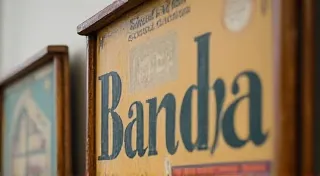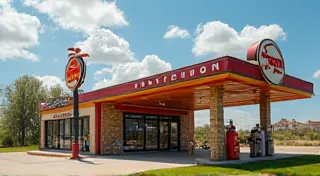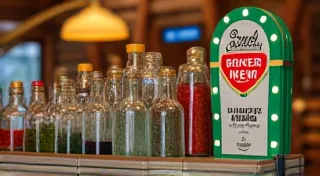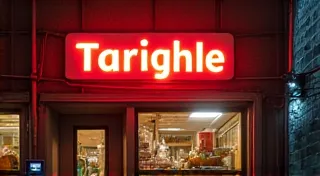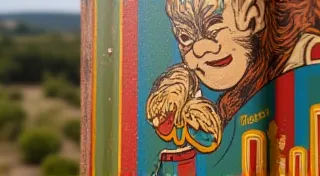Farm & Ranch Advertising Signs: Promoting Rural Life
The American landscape wouldn't be the same without the echoes of agricultural history. And a significant part of that history is etched in metal, painted on wood, and preserved in the form of vintage farm and ranch advertising signs. These weren't just about selling products; they were a visual representation of rural life, hard work, and the essential goods that kept farms and ranches operating.
A Glimpse into the Agricultural World
From the turn of the century through the mid-20th century, advertising signs played a crucial role in reaching a dispersed agricultural audience. Unlike urban dwellers, farmers and ranchers weren't readily accessible through traditional storefront advertising. Signs placed at general stores, along country roads, and even directly on farms became vital communication tools. They promoted everything from fertilizer and farm equipment to livestock feed and household goods. The design and manufacturing processes behind these signs were often quite innovative, with early techniques evolving over time. For those interested in the history of sign creation, a deep dive into the differences between litho vs. screen printing can provide fascinating insight into how these iconic images were brought to life.
The imagery on these signs often depicted idealized versions of farm life – prosperous harvests, happy families, and the promise of a better yield. The designs frequently incorporated patriotic themes and rural scenes, appealing directly to the values and aspirations of the agricultural community. These images weren’t just about promotion; they were about shaping a narrative, reinforcing a way of life, and fostering a sense of shared identity among rural communities.
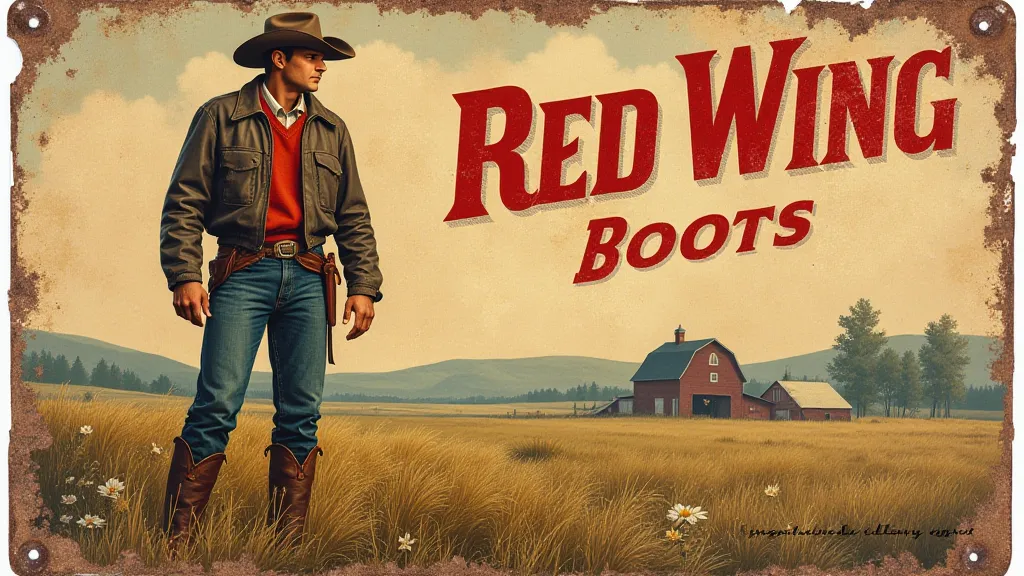
Common Products and Brands
Several categories of products were prominently advertised on vintage farm and ranch signs. Let's take a look at some of the most common:
- Fertilizers & Seeds: Brands like Monsanto, International Harvester, and Scott’s Seeds were frequently advertised, promising bigger, healthier crops. The competition among these brands drove innovation and the widespread adoption of new farming techniques.
- Farm Equipment: John Deere, Case, and Ford were major players in the agricultural machinery market, and their signs often showcased the strength and reliability of their equipment. The branding and marketing efforts of these companies helped to define the modern farming landscape.
- Livestock Feed: Companies like Purina and Ralston promoted their animal feed brands, essential for raising healthy livestock. The importance of animal nutrition has only grown in recent decades, and these early advertising campaigns helped to educate farmers about the benefits of quality feed.
- Hardware & Tools: General stores and hardware suppliers used signs to advertise a wide range of tools and supplies, crucial for farm maintenance and repair. These signs weren't just about promoting products; they were about building relationships with local farmers and providing them with the resources they needed to succeed.
- Automotive: As cars and trucks became essential for farm transport, signs for brands like Ford and Chevrolet began to appear. These weren't solely about personal transportation; they represented a shift in agricultural practices, enabling farmers to cover more ground and transport goods more efficiently.
The Regional Significance of Farm & Ranch Signs
The proliferation of farm and ranch signs wasn't uniform across the country. Certain regions boasted unique brands and advertising styles deeply intertwined with their local agricultural economies. A collector might find a treasure trove of signs for regional feed mills, implement dealers, or seed companies that simply don’t exist elsewhere. This regional variation is what makes rare and unusual advertising signs such a fascinating pursuit for many enthusiasts. The historical context and story of a sign can be dramatically different based on its origin, offering invaluable insight into a specific area’s agricultural past. Consider the specialized signs that advertised local delicacies or promoted unique regional farming practices - these tell a much richer story than broader national campaigns.
Identifying and Appreciating These Collectible Treasures
Vintage farm and ranch signs are highly sought-after by collectors. Their value is often determined by factors such as:
- Brand Recognition: Signs for well-known brands generally command higher prices. The stronger the brand's historical significance and its association with a particular era in farming, the more valuable the sign tends to be.
- Condition: Signs in excellent condition are more valuable than those with significant rust, damage, or fading. Original paint and minimal wear are highly prized by collectors.
- Rarity: Signs for lesser-known brands or those with unique designs can be particularly desirable. Scarcity is a key driver of value in any collectible market.
- Size & Material: Larger signs, and those made of durable materials like metal, often are more valuable. The material used in construction often reflects the production techniques of the time.
Beyond their monetary value, these signs offer a fascinating window into America's agricultural heritage. They remind us of a time when life revolved around the rhythms of the land and the essential products that sustained rural communities. The durability of many of these signs is also a testament to the quality of materials and craftsmanship prevalent in earlier decades. For those captivated by the artistry and craftsmanship involved in creating these durable advertisements, a deeper exploration of the methods employed, like the techniques used in the history of porcelain enamel signs, can be exceptionally rewarding.
The Art and Craftsmanship of Sign Production
Early sign production was a laborious process, often involving hand-painted lettering and intricate designs. As technology advanced, processes like lithography became more common, allowing for mass production of visually appealing signs. For those interested in the evolution of this art form, exploring the differences between litho vs. screen printing provides a deeper understanding of the techniques and innovations that shaped the industry. Understanding the nuances of these techniques also provides a better appreciation for the artistry involved and explains why certain signs are more valuable due to their production methods.
Preserving a Piece of History
Collecting and preserving vintage farm and ranch advertising signs is a way to honor the hardworking individuals who shaped our nation's agricultural landscape. By appreciating these tangible pieces of history, we can keep the spirit of rural America alive for generations to come. Many collectors not only preserve the signs themselves but also research their history and significance, contributing to a broader understanding of rural America’s past. The story each sign tells is a microcosm of the larger agricultural narrative - a blend of commercial interests, rural aspirations, and the constant evolution of farming practices. Consider the specialized advertisements designed to promote not just products, but also a particular vision of the "ideal" farm or rural lifestyle - these visual representations offer a unique perspective on the values and aspirations of the time.
Furthermore, the condition of these signs often speaks volumes about the past. The wear and tear, the faded paint, the rust – all these details tell a story of time, weather, and the enduring connection between rural communities and the land. They represent a connection to a slower pace of life, a time when community and tradition were paramount. The vibrant colors and bold graphics, often designed to capture attention in a world without modern advertising, offer a striking contrast to the more subdued aesthetics of contemporary marketing.
For those hoping to start a collection, remember that it's more than just acquiring objects. It's about connecting with a bygone era and celebrating the resilience and ingenuity of American farmers and ranchers. The journey of discovery, the thrill of the hunt, and the satisfaction of preserving a piece of history are all part of the reward. You might even uncover a rare find – a genuine 'holy grail' sign, as detailed in articles discussing rare and unusual advertising signs. Imagine uncovering a forgotten advertisement for a regional agricultural cooperative, or a promotional sign for a now-defunct farming implement - these discoveries not only add value to the collection but also contribute to a richer understanding of agricultural history.
